PIPE -
Instrumentation of Public Space for Social Interaction
The digital design of public spaces is still a difficult task. In particular when developing novel interaction scenarios, an early and iterative deployment in the field is necessary so that system design can take account of the real-world conditions of the public environment.
Research through and for Design

The project developed a new wireless input- and output-module which can be freely distribute in urban space. The battery driven wireless devices work over a distance of up to 20 meters. The thereby instrumented space creates a platform to experiment. In particular focusing on social interactions between people.
Material Research
As the prototypes for the outdoor scenarios are custom made, some research into appropriate materials was needed.

The picture above shows the result of our cutom display and our starting point with almost no visibility of the 'display'. The following pictures show experiments for the two main concerns for the modules: Light diffusion and visibility at almost daylight. Second, robust designs.
Bending and Guiding the Light
Two layers of lenticular foil backlit with white LED for testing.
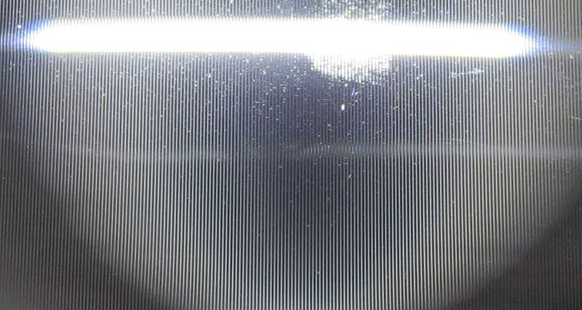
Testing the diffusion quality of various materials from existing products, self made coloured RTV casts, CNC machined plastics, sheet material, spray paint in the lab in combination with different LED colouring.

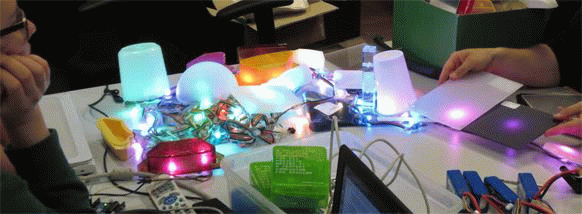
Testing near and far lighting at daylight with 60% transparent black perspex from the material library ...
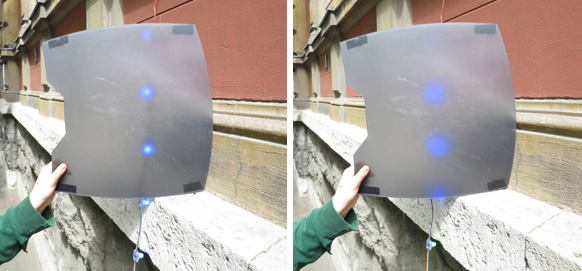
... with the aim to increase the visibility to a maximum distance.
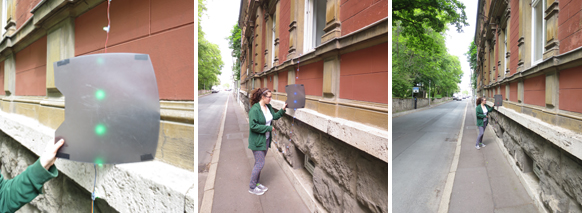
Isolating the Light
By testing the lightsources and transmissive quality of various materials, it became obvious; visibility is increased if the illuminated surface is large and can also seperate incident light from the urban surroundings and emitting light from the LEDs. The picture below shows a RTV self-cast sheet material, which tries to combine these properties. The surface structure of the sheet diffuses the emitted light and the dye in the resin absorbes the incident sunlight. The self-cast foil combines properties from the perspex and the lenticular foil found during the material research process illustrated above.
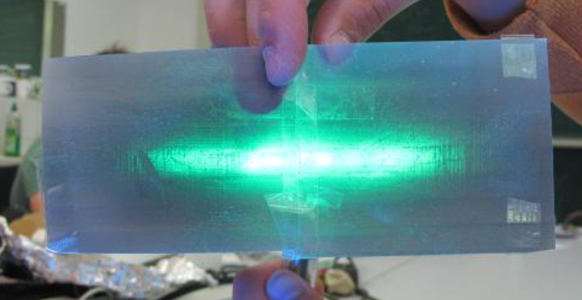
Forming the Light
![]()
![]()
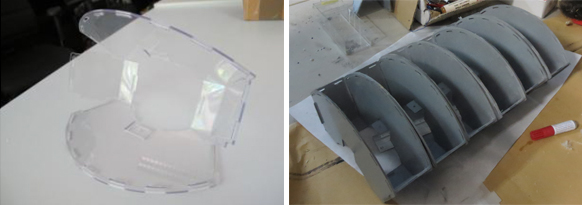
Interface design prototyping
Public installations require new multi-user interfaces to promote co-experiences within groups. The pictures below exemplify the search for new interfaces, which are robust and easy to deploy at the same time. This time we focussed on pressurized interfaces. Sheets of rubber were glued together and connected to an air pump and a pressure sensor. This closed loop system not only allow a robust design but a great co-awareness through the physicality of the inflated material.

Various construction methods were tested for the tube. The method in the image below uses fabrique to limit the rubber tube stretch when expanding. Its a great method way to control the form of the interface.
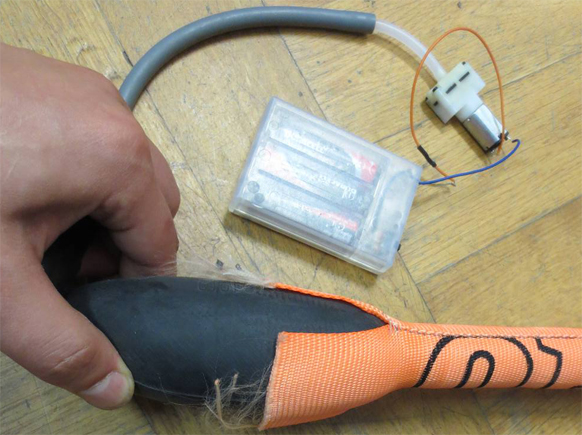
Rubber sheet material offers a great freedom in designing arbitrary shapes. However, another method with even more freedom of shape generation was tested by using brushable Polyurethane rubber (image below).
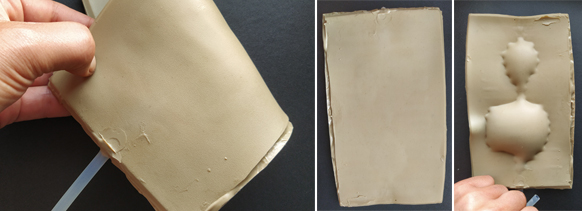
A way to construct a large potential interaction space at low cost was found. Three pressure pads of 1.3m each were used for the final installation (pictures down below).
Interaction Design
Early interaction design tests using Processing to visualize signals.
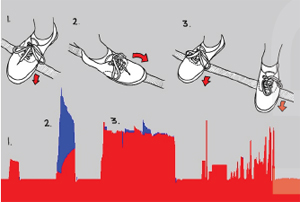
From the beginning the system was thought as a multi-user installation. In addition to that, one footed, two and multifooted interaction techniques were explored. This was done to understand impact of form, sensor and actuator on each other. Furthermore, these early tests made obvious, pressurizing the tube creates a direct co-user awareness as the own foot is impacted. This is great feedback to know what the others are doing, while looking somewhere else.
In-situ testing
Pilot testing at University entrance. Various group configurations were observed. The interface and display are connected wirelessly.

Final Prototype


Evaluation
Finally the prototype was tested in the wild. Students evaluated how good it performs in comparisson to the interactive fountain at Herderplaz. For that a notation scheme was developed to note down observation in the field in a systematic way.
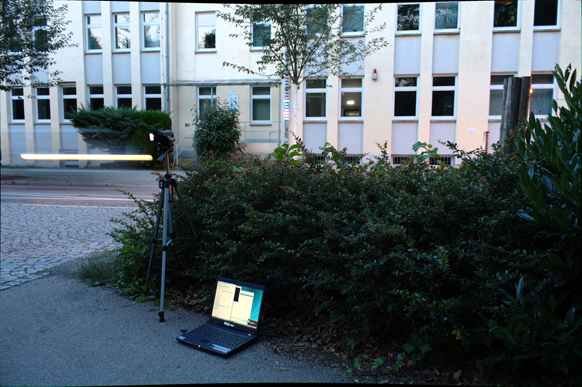
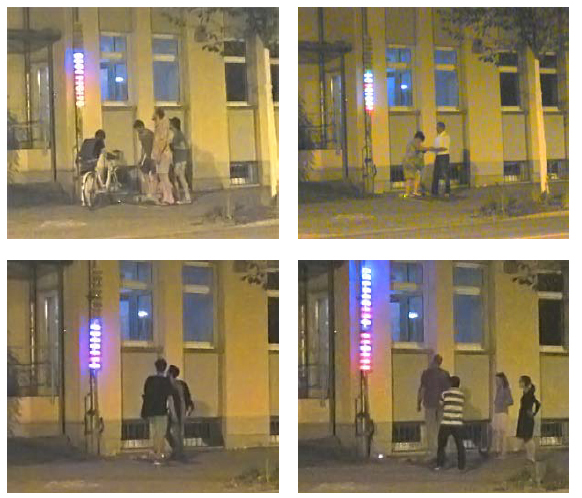
Reference
Patrick Tobias Fischer, Eva Hornecker. Creating Shared Encounters Through Fixed and Movable Interfaces. In: Anton Nijholt(ed). Playable Cities. The City as a Digital Playground. Springer Singapore, pp. 163-185.
Studio teaching:
Patrick Tobias Fischer (Assistant Professor)
Students:
Umar Akram (Evaluation)
Georg Erfurt (Software Development)
Emir Genc (MediaArchitecture)
Revathi Gurumoorthi (Evaluation)
Vanessa von Jan (Interface Development)
René Levin (Software Development)
Afroditi Manari (MediaArchitecture)
Preetha Moorthy (Evaluation)
Kevin Schminnes (Hardware)
Files:
Pixel Prototype .dwg
Polycarbonate Machining Guide .pdf
Student project documentation .pdf
